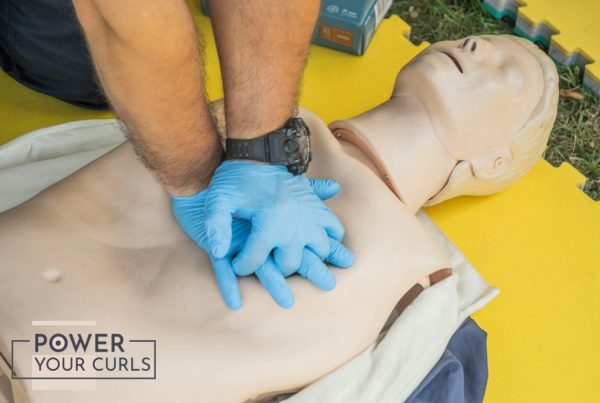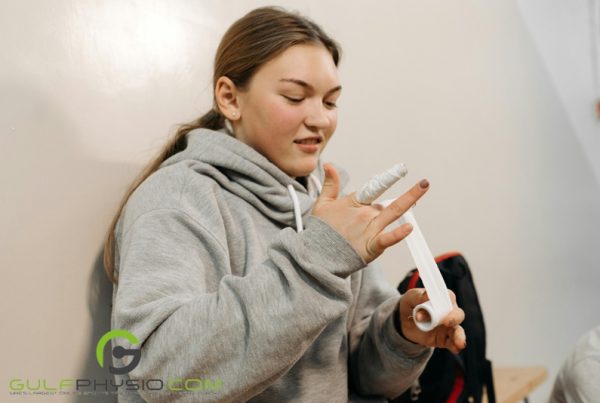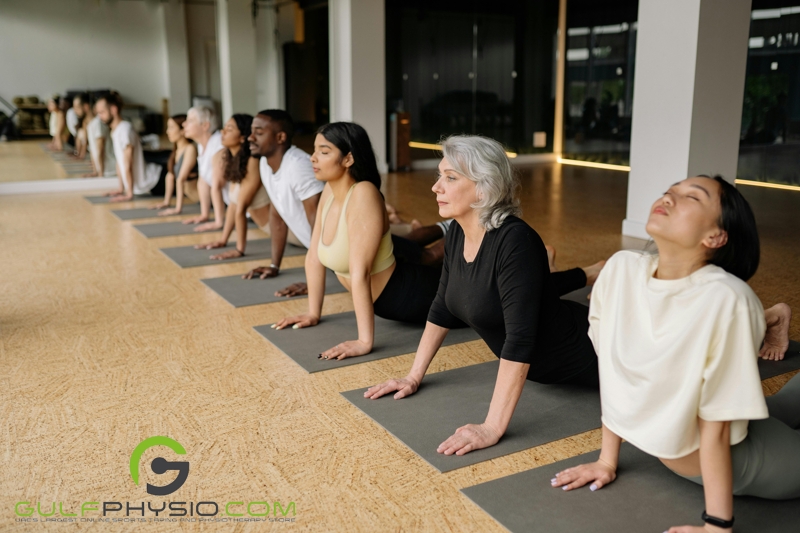
More than half of Abu Dhabi residents now meet WHO activity standards, yet time, heat, and gym costs push many to find fitness solutions at home.
The Statistics
Surveys show that 53% of Abu Dhabi residents now meet World Health Organization activity guidelines, reported by the Abu Dhabi Media Office. This represents a significant increase compared to previous years. Fitness centers are booming, but for numerous residents, high costs, crowded gyms, and scorching weather make sustainable home fitness routines a practical solution.
A new study on Mobility Foresights on the global-connected fitness equipment market predicts that the UAE’s home fitness industry will grow from USD 2.6 billion in 2025 to USD 9.8 billion by 2031. This trend highlights a shift: people are integrating fitness into daily life at home rather than relying solely on gyms.

To understand how residents can make this shift sustainable, Kieran Sheridan, physical therapist and co-owner of GulfPhysio, the country’s largest online store for sports taping and physiotherapy supplies, shares expert advice on making home workouts last.
The Problem
Even as sports participation grows across the Emirates, many still struggle to stay consistent. Work schedules, family commitments, and the extreme summer climate create barriers to regular exercise. Sheridan warns that many home workout routines fail because they are too ambitious at the start.
“Most people start too big, too soon,” Sheridan explains. “They feel motivated, try to do an hour of training, then skip a few days and lose momentum. Fitness habits collapse when they rely only on motivation rather than structure.”
The Solution
Sheridan recommends a few simple strategies to make home fitness sustainable:
1. Start small. Begin with 5–10 minutes a day. Build the identity of “I am someone who works out.”
2. Focus on enjoyment. Whether it’s yoga, dance workouts, or resistance training, pick what excites you.
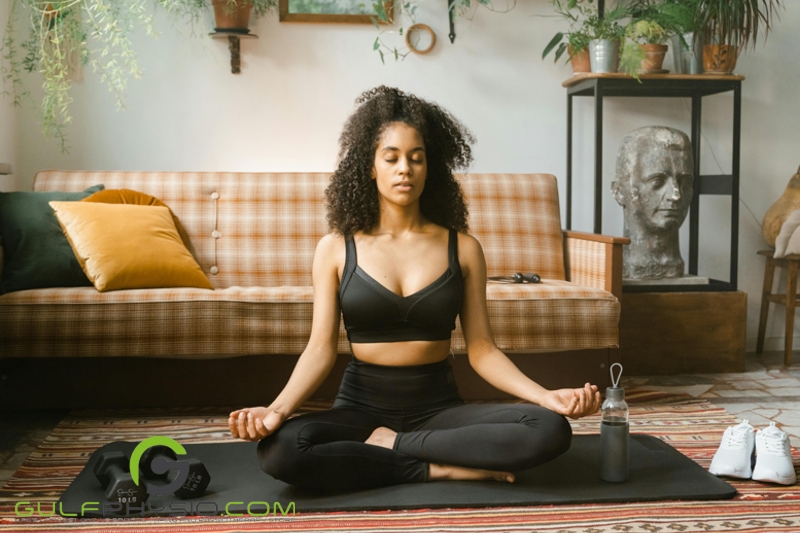
3. Use simple equipment. A mat, resistance bands, or a pair of dumbbells is enough to start.
4. Anchor habits. Incorporate workouts into current routines, such as stretching immediately after waking up.
5. Plan rest and recovery. Alternate intensity to avoid overuse injuries.
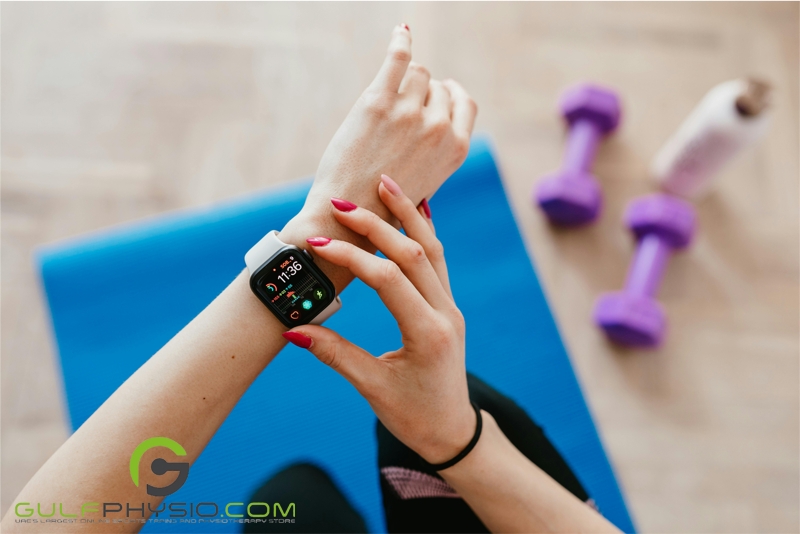
6. Track progress. Use a habit tracker, fitness app, or smartwatch to celebrate consistency.
7. Allow flexibility. Missing a day is not failure—do a shorter session instead of quitting.
“Fitness doesn’t have to mean a big commute or an expensive membership,” Sheridan says. “With the right mindset and simple tools, your living room can become a sustainable training ground.”
Disclaimer
GulfPhysio.com and all of its content are for informational purposes only. All information is believed to be accurate at the time of posting and should NOT be taken as professional medical advice. Please seek a medical professional in the event of pain or injury.
Want to learn more about health, pain management, and disease? Then read our articles “Easy Recovery Exercises At Home” and “Anchored While Aging: Flexibility Exercises For Older Adults”.

